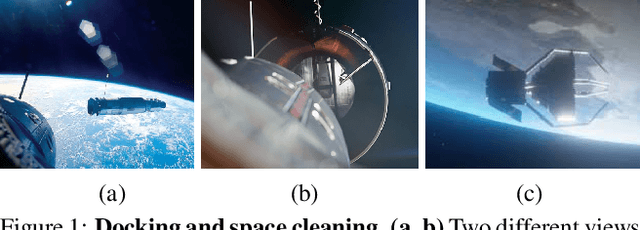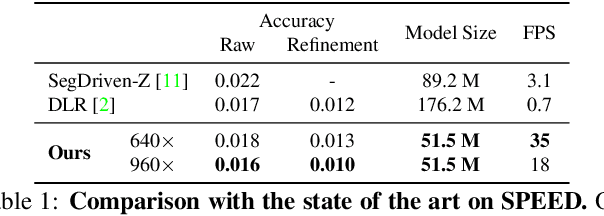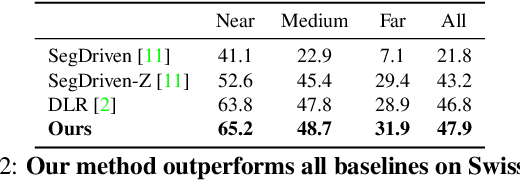Sebastien Speierer
Volumetric Primitives for Modeling and Rendering Scattering and Emissive Media
May 24, 2024



Abstract:We propose a volumetric representation based on primitives to model scattering and emissive media. Accurate scene representations enabling efficient rendering are essential for many computer graphics applications. General and unified representations that can handle surface and volume-based representations simultaneously, allowing for physically accurate modeling, remain a research challenge. Inspired by recent methods for scene reconstruction that leverage mixtures of 3D Gaussians to model radiance fields, we formalize and generalize the modeling of scattering and emissive media using mixtures of simple kernel-based volumetric primitives. We introduce closed-form solutions for transmittance and free-flight distance sampling for 3D Gaussian kernels, and propose several optimizations to use our method efficiently within any off-the-shelf volumetric path tracer by leveraging ray tracing for efficiently querying the medium. We demonstrate our method as an alternative to other forms of volume modeling (e.g. voxel grid-based representations) for forward and inverse rendering of scattering media. Furthermore, we adapt our method to the problem of radiance field optimization and rendering, and demonstrate comparable performance to the state of the art, while providing additional flexibility in terms of performance and usability.
Wide-Depth-Range 6D Object Pose Estimation in Space
Apr 01, 2021



Abstract:6D pose estimation in space poses unique challenges that are not commonly encountered in the terrestrial setting. One of the most striking differences is the lack of atmospheric scattering, allowing objects to be visible from a great distance while complicating illumination conditions. Currently available benchmark datasets do not place a sufficient emphasis on this aspect and mostly depict the target in close proximity. Prior work tackling pose estimation under large scale variations relies on a two-stage approach to first estimate scale, followed by pose estimation on a resized image patch. We instead propose a single-stage hierarchical end-to-end trainable network that is more robust to scale variations. We demonstrate that it outperforms existing approaches not only on images synthesized to resemble images taken in space but also on standard benchmarks.
 Add to Chrome
Add to Chrome Add to Firefox
Add to Firefox Add to Edge
Add to Edge